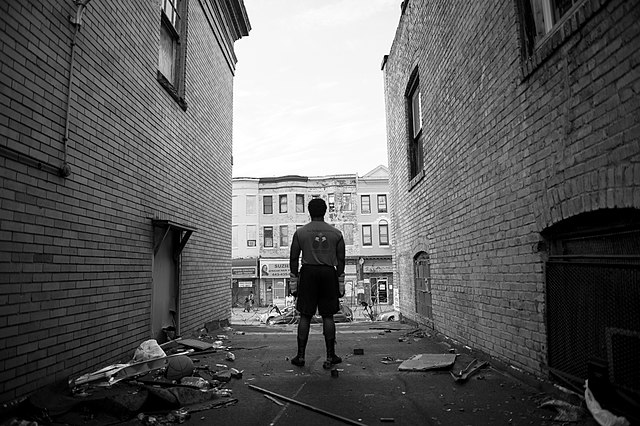1969 Formula One Season: Safety, Safety, Safety!
After the series of accidents in Formula 1 in the 1960s, the management of the championship finally took action to limit the risk to the drivers. The 1969 season was the first in which each of the tracks was required to meet certain requirements if it wanted to accept a start in the world championship. One of the key changes is related to the routes themselves, which are gradually beginning to be fenced with buffers. Through them, the momentum from the speed is minimized and they serve as protection for the audience in the event of an accident. The requirements for the cars themselves are also modified in view of the incidents of recent seasons. Designers began to think in the direction of greater aerodynamics and the introduction of four drive wheels, which in a wet asphalt situation allows more precise control over the car.
Against the background of these changes, the three-way battle between Graham Hill, Jackie Stewart and Denny Hulme, who decided the title literally in the last race on the calendar in 1968, continues into the next season. 11 races are scheduled to determine the new world champion in Formula 1. Remaining one step away from success in the past, Jackie Stewart is unopposed in 6 of them. Graham Hill's title defense did not go as he expected and the Brit recorded just 1 win at the Monaco Grand Prix, dropping him out of contention. So Hill finished 3rd overall. On the podium, however, Jackie X finds a place. The Brabham-Ford driver showed confidence and won the hotly contested German Grand Prix and Canadian Grand Prix, which secured him 2nd place.
Among the constructors, the world title went to Matra-Ford, who saw off the competition of Brabham-Ford and Lotus-Ford.




